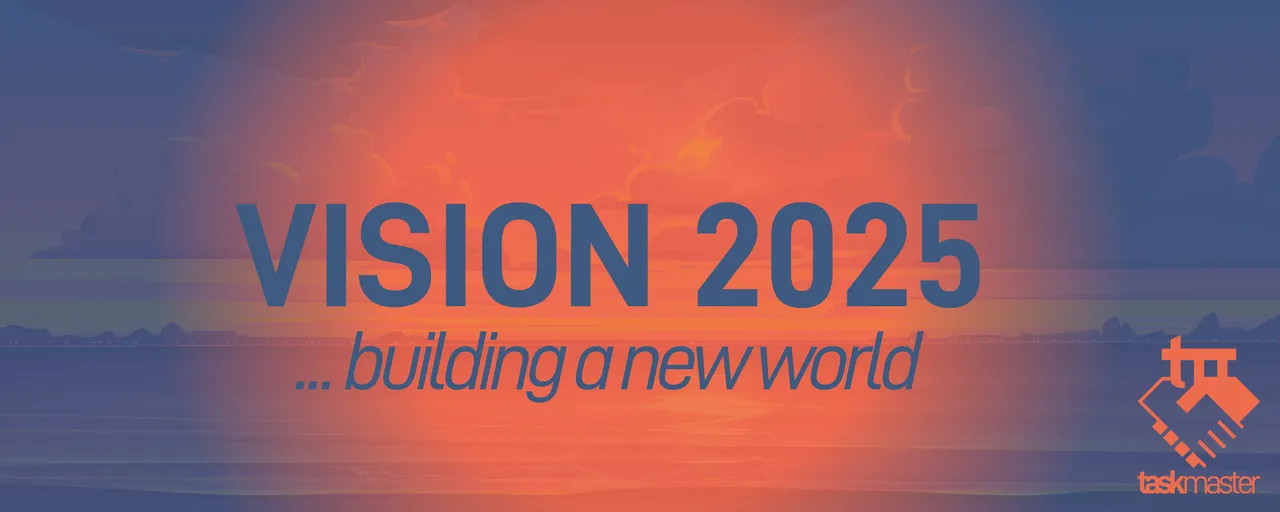We are going through a major transformation within the workforce. This is something that appears to be picking up steam time passes.
The lockdowns in 2020 really altered the way people think about work. It is a situation that keeps evolving, pitting employer and employee against each other in many instances. Of course, this is nothing new. What is different is the evident power that labor acquired.

Source
Change In Supply And Demand
Most of anything economic can be broken down to supply and demand. Labor relations is no different. What is the workforce looking like holds great importance in determining who holds the power.
At the moment, we saw a major reversal from the past 50 years. The supply/demand equation flipped. What was previously in the favor of the employers appears to have shifted to the employees.
What is at the cause of this? The same thing that was at the core of the last shift: the Baby Boomers.
Starting in the late 1960s, the largest group of people entered the workforce in human history. The Boomers started to get out of school and "enter the real world". This was a process that continued for almost 20 years. It only subsided in the middle of the 1980s.
By that time, more than 50 million people entered the workforce. Simply supply and demand analysis tells us why the power shift was so massive and strong. This continued or the next 25 years as those people occupied the largest percentage of the working world.
Of course, like most things in life, cycles change. Beginning around 2010, the reverse was undertaken. The first wave of the Boomers started to retire. This is a process that will continue for the next 25 years. Here we are about a decade in and we already see the move the other way in terms of the power structure.
Some believe this is being accelerated by the COVID situation. Many Boomers are simply opting not to return to the office. Instead, they are finding better things to do like retire.
This is putting a huge strain on the employment pool. While the Millennials are large in number, there is something different about them.
Different Mindset
To say the Millennials think differently is an understatement. They have views that are radically altered from what the Boomers think. Of course, this is true of most generations so it is no surprise.
The Millennials also come from an era of technology. Hence, the concept of utilizing it is not foreign to them. They did not learn how to use technology, rather they grew up with it. Therefore, many of our established beliefs surrounding work are being challenged. This is not going to stop anytime soon. In fact, it is a safe bet that it will keep expanding over the next decade or so. Those who resist are going to get run over.
Each time a Boomer goes out the door, and 10,000 of them are retiring per day in the US on average, the power shift moves a bit more. Millennials are acquiring power a bit sooner than normal due to the fact that more Boomers are exiting early. This is going to give them more time to adjust the working world they way they want.
Thus, someone like Tim Cook is going to have to compete with the new mindset these people are bringing to the table. There are companies that are run by Millennials who are changing things across the board. Even a mega-technology company is not except from this movement.
A case in point is the 5-day workweek. This is something that most of us take for granted. After all, it was the norm for all our lives. Naturally, this was not always the case. It is only recently, relatively speaking, that it became the norm. Before that, about 100 years ago, the typical worker put in 6 days per week. It was only during the major industrial push and the collective bargaining of labor that we saw a shift.
Now we are seeing another uprising in the power of labor, albeit in a different manner. And we are already seeing the impact.
According to a survey that was covered by Bloomberg:
There may be no going back to the five-day week in the office, according to a survey of workers in 25 countries.
Both employees and managers found working from home during the pandemic was positive for performance and well-being, a report by the OECD found. The proportion of staff teleworking at least one day a week is expected to be much higher than before the pandemic.
While this is not an outright shortening of the week, we know that is already being trialed in many places.
Therefore, it is going to be interesting to watch how things unfold over the next half decade. We are not even two years into this shift and it is already accelerating.
It will be fascinating to find out what the workforce looks like and operating by about 2025 or 2026.
If you found this article informative, please give an upvote and rehive.

gif by @doze

logo by @st8z